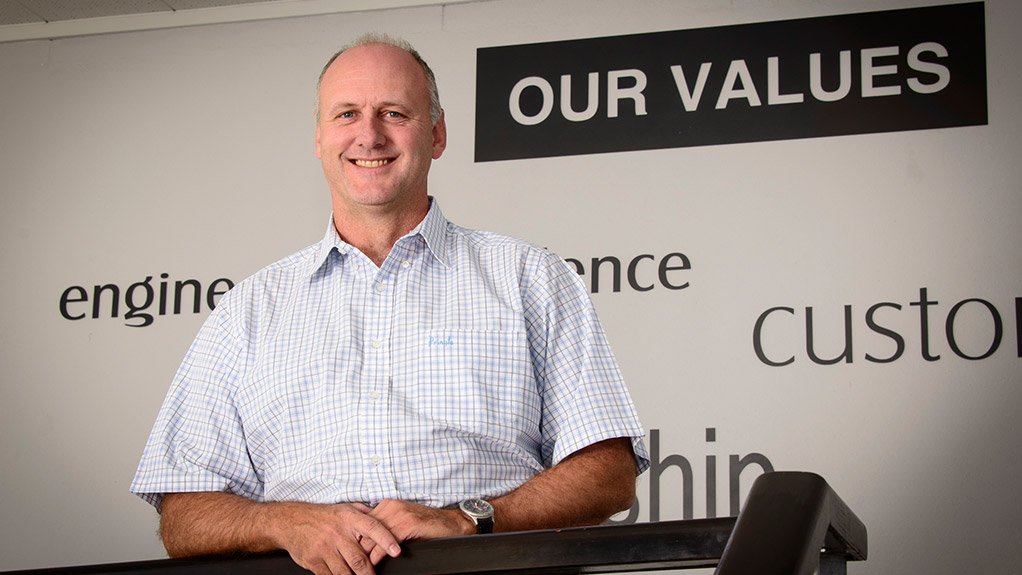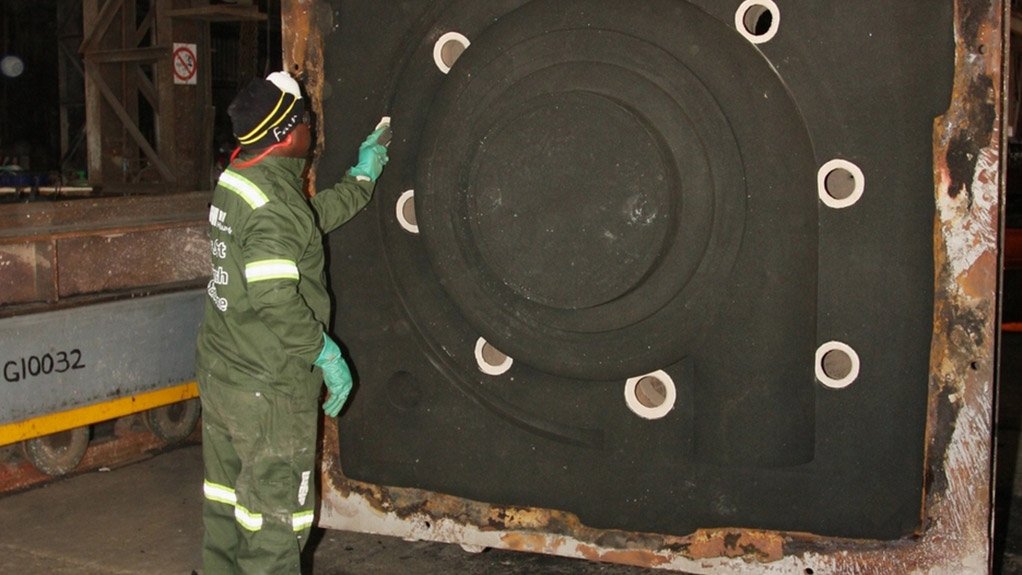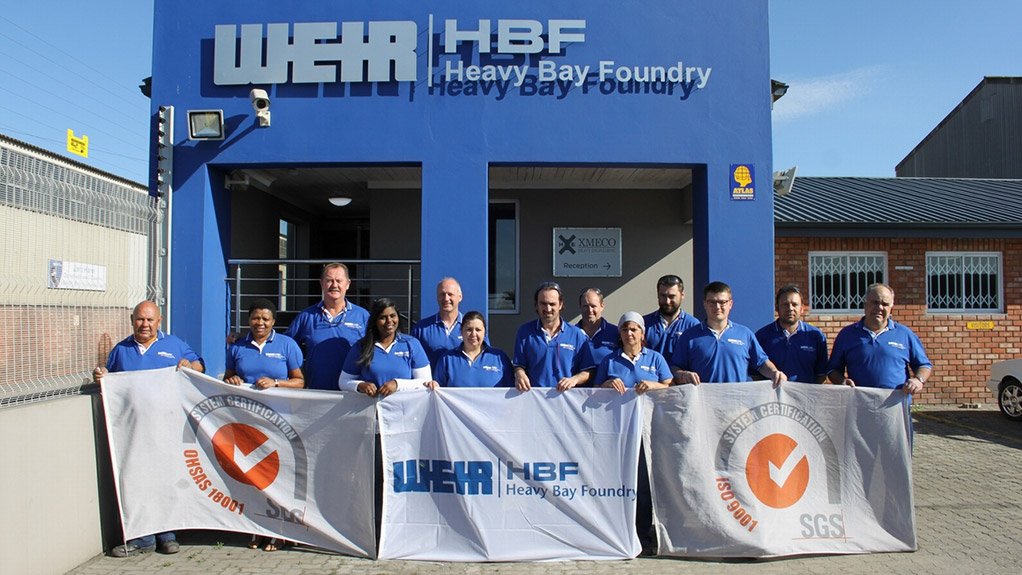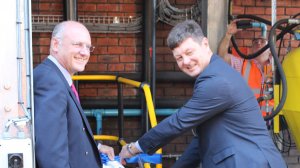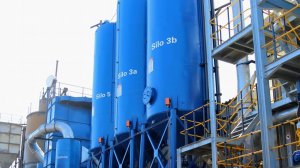- Weir Group (0.02 MB)
/ MEDIA STATEMENT / This content is not written by Creamer Media, but is a supplied media statement.
Weir Group’s investment into Weir Heavy Bay Foundry continues at pace, positioning the operation as a best cost producer of high quality castings.
The recent commissioning of an advanced secondary sand plant at Weir HBF will allow the Port Elizabeth foundry to reduce manufacturing costs, further enhance the quality of its castings and mitigate the impacts of the operation on the environment.
Grant Ramsden, operations director at Weir Minerals Africa, says the new sand plant deploys magnetic separation technology to extract chromite sand added to furan sand during the moulding process. The plant also scrubs the resin from the sand by a process of attrition. The recovered furan sand can now be reused, resulting in significant savings in sand disposal costs, resin costs and the purchasing of new sand.
“In addition, Weir HBF will be able to improve the efficiencies of its casting processes by reducing ‘sand burn-on’ caused by excess chromite sand in the furan sand,” Ramsden says.
The secondary sand plant incorporates German proprietary chromite separation technology, and state-of-the-art programmable logic controllers. In line with lean manufacturing principles, the plant only runs when there is a demand for sand. It was installed and commissioned using Weir engineering expertise.
Weir HBF has undergone a series of upgrades since it was acquired in 2013 through the introduction of “Weir Production Systems” and “group best practice”. These are processes that have been entrenched at Weir’s flagship local foundry in Isando, Gauteng. These initiatives are reflected by the sites’ ISO 9001, OHSAS 18001 and ISO 14001 accreditation.
Other recent milestones at the foundry include a sizeable investment into a three-axis computer-numerical controlled milling machine for accurate cutting of polystyrene patterns for once-off castings. This technology further allows for rapid prototyping required in new product development and reduces time to market of new product introductions. A recent new pump product was brought to market in 9 weeks from solid model design to a working pump.
In addition, the engineering department has been equipped with state-of-the-art software that accurately simulates casting methods, enabling yields of up to 76% at the operation.
This is complemented by two seven axis, three-dimensional scanning probes with accuracies of 0,001 millimetres that have replaced outdated templates used for profiling castings.
Quality at the operation is complemented by employing new technologies in the metallurgical laboratory, including a new spectrometer that is used to inspect the constituents of furnace metal and the sand particle analyser for assessing the quality of sand used in castings.
However, a lion’s share of the overall investment has gone into improving safety and productivity of workers at the operation. A sound example of this is the seven new fettling booths that have all been equipped with dust extraction systems.
“Equipped with state-of-the-art equipment and its strategic location close to the deep water Port of Ngqura, there is no reason why this operation will not be able to contribute to Weir Minerals Africa seizing a larger share of the niche one ton to 17 t castings market,” Ramsden says.
Testament to Weir HBF’s already high standing in the Group’s global foundry fleet is the important decision to allocate the casting of some of the wear components for the very popular Trio® range of comminution equipment to the Eastern Cape.
Edited by: Creamer Media Reporter
EMAIL THIS ARTICLE SAVE THIS ARTICLE
To subscribe email subscriptions@creamermedia.co.za or click here
To advertise email advertising@creamermedia.co.za or click here









